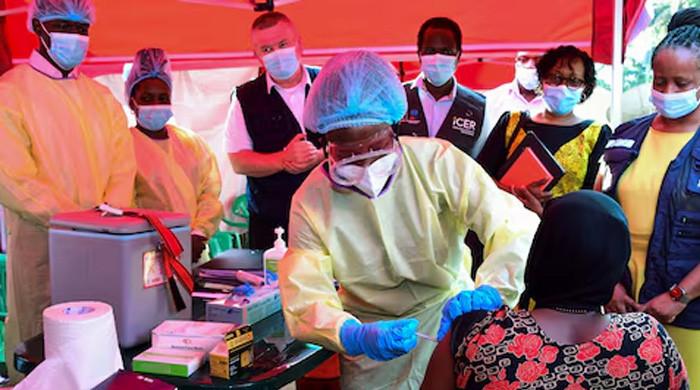Why US scientists are watching episodes of Australian flu season?
Australian agency estimates, "infections are higher than five-year average but lower than around this time in 2019 and 2022"
June 13, 2023

US scientists are observing the flu situation in Australia as it commenced earlier than usual as parts of the country are reporting an uptick in infections largely among children. This may provide an early insight into what it may look like in the US.
Flu is currently low in the US as usual for this time of the year as COVID made it less easy to predict the flu season and the visits to doctors reach their peak from December to February.
The cases started to get reported in the Southern Hemisphere, in early May amid winter, the Australian Department of Health and Aged Care said Friday.
According to the agency estimates, the infections are higher than the five-year average but lower than around this time in 2019 and 2022.
"We closely monitor what happens in countries throughout the Southern Hemisphere this time of year, just to see what’s happening during their flu season. It's not always a predictor of what’s going to happen here the next season, but yes, we do," Carrie Reed, chief of the Influenza Division of the US Centers for Disease Control and Prevention’s Epidemiology and Prevention Branch.
"We do closely monitor that all summer long," added Reed.
The CDC estimated that the flu caused 9 million to 41 million illnesses, 140,000 to 710,000 hospitalisations and 12,000 to 52,000 deaths every year between 2010 and 2020.
"It costs the US about $10.4 billion in direct costs for hospitalisations and outpatient visits and that’s only among adults," the agency said,
Reed said: "For about a decade, the CDC has had a formal forecasting effort that's a collaboration with several academic groups and private industry that specialise in flu forecasting and modelling."
"The groups submit their flu data each week. The CDC compiles it, analyses it and creates public reports that track the trends. The forecasts have become more useful over time," Reed added.
"We’ve learned a lot, and we've improved a lot over the years," she said.
"Every flu season is a little bit different. The virus is constantly evolving. And so every year, it is a new challenge."
Computational scientist Thomas McAndrew said: "While hundreds of scientists and millions of dollars are dedicated to predicting what the US flu season could look like, data showing an early, intense season in Australia doesn’t necessarily mean the same on this side of the planet."
"Nor are prediction models so detailed that scientists could say there will be a spike in flu germs in, say, Chicago on September 12."
"We only have a couple of days out on weather at best," remarked McAndrew, an assistant professor in the Department of Community and Population Health at Lehigh University.
"Flu is so difficult to predict because predicting what any infectious disease will do is predicting human behaviour."
"There are so many things that go into predictions. It would be nice if everyone was in the same room and everybody bounces and connects with everybody for the same period of time with the same weather, so we could precisely calculate how the flu would spread, but it doesn’t work that way," McAndrew said.
"It’s a multifaceted problem to predict the flu,” said Reed.
"This year too, the US could face an entirely new element that could change the trajectory of the virus," said Dr William Schaffner, a professor in the Division of Infectious Diseases at Vanderbilt University Medical Center and medical director of the National Foundation for Infectious Diseases.
"It’s pretty early so far to predict what the upcoming season might be,” Reed said.
"There’s lots of things that could change between now and when we start seeing more flu activity."











